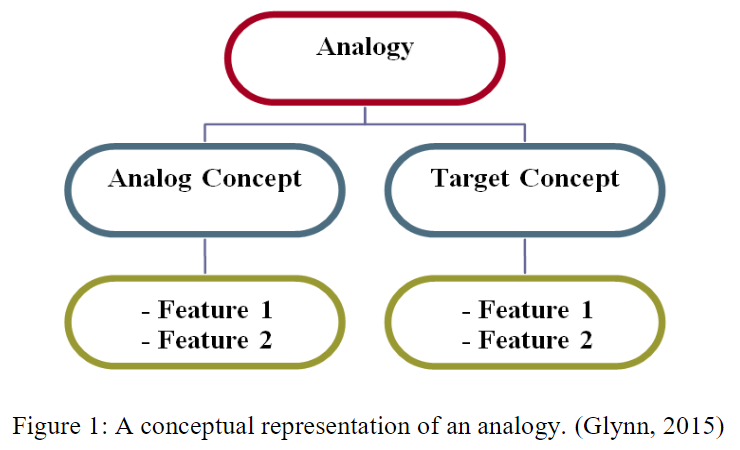Teaching Chemistry Effectively with Analogy in Thai Year 10 and 12 Classrooms
Main Article Content
Abstract
Analogy can be an effective tool to assist learning and teaching in science classrooms. Accordingly, the main research purpose of this study was how Thai chemistry teachers use analogies effectively through a professional development programme. The main research question was how to improve Thai chemistry teachers’ effectiveness to teach chemistry concepts with analogies. Action research was used to generate and develop the lesson plans based on the interest, experience and competency of a group of in-service chemistry teachers who were willing to participate in the PD programme. As a result, five lesson plans were developed based on their experience of teaching in different school contexts. Several chemistry concepts to be taught included isomerism, electrophilic aromatic substitution, molecular shape, polar and non-polar molecule and length and energy bond. This paper focuses on teaching isomerism with an analogy. Although it might not be easy to seek appropriate analogies which are exactly suitable for the students, teaching with analogies did seem to be an interesting way for in-service teachers to teach chemistry. This finding might be an indication that commencing and embracing the use of analogies can be an inspiration for learning and teaching chemistry.
Article Details

This work is licensed under a Creative Commons Attribution-NonCommercial-NoDerivatives 4.0 International License.
References
Aubusson, P. (2006). Can analogy help in science education research?. In P. J. Aubusson, A. G Harrison and S. M. Ritchie (Eds.), Metaphor and analogy in science education. (pp. 165-175). Dordrecht, The Netherlands: Springer.
Coll, R. K., France, B., & Taylor, I. (2005). The role of models/and analogies in science education: Implications from research. International Journal of Science Education, 27(2), 183-198.
Duit, R. (1991). On the role of analogies and metaphors in learning science. Science Education, 75(6), 649-672.
Glynn, S. M. (1989). The teaching with analogies model: Explaining concepts in expository texts. In K.D. Muth (Ed.), Children’s comprehension of narrative and expository text: Research into practice (pp. 185-204). Neward, DE: International Reading Association.
Glynn, S. (2015). Analogies, Role in science learning. Encyclopedia of Science Education, (pp. 44-48). Springer Netherlands.
Glynn, S. M., & Takahashi, T. (1998). Learning from analogy-enhanced science text. Journal of Research in Science Teaching, 35(10), 1129-1149.
Treagust, D. F. (1993). The evolution of an approach for using analogies in teaching and learning science. Research in Science Education, 23(1), 293-301.
Treagust D. F. (2001). Using analogies in science teaching to engender students’ interest, motivation and understanding, Clements, M.A. (Ed) Energising science mathematics and technical education for all. (pp.10-26). Gadong: University of Brunei Darussalam.
Treagust, D. F. (2015). Analogies: Uses in teaching. Encyclopedia of Science Education, (pp. 49-51). Springer Netherlands.
Treagust, D. F., Harrison, A. G., & Venville, G. J. (1998). Teaching science effectively with analogies: An approach for preservice and inservice teacher education. Journal of Science Teacher Education, 9(2), 85-101.
Tyson, L., Treagust, D. F. & Bucat, R.B. (1999). The complexity of teaching and learning chemical equilibrium. Journal of Chemical Education 76 (4), 554.
Zuber-Skerritt, O. (1996). Emancipatory action research for organisational change and management development. New directions in action research, (pp. 83-105).
Cohen, L., Manion, L., & Morrison, K. (2013). Research methods in education. Routledge.
Creswell, J. W. (2012). Educational research–Planning, conducting, and evaluating quantitative and qualitative research.. New York, NY: Pearson.
Guba, E. G., & Lincoln, Y. S. (1994). Competing paradigms in qualitative research. Handbook of qualitative research, 2, (pp. 163-194).
Harrison, A. G., & Coll, R. K. (2008). Using analogies in middle and secondary science classrooms: The FAR guide–An interesting way to teach with analogies. Corwin Press.


